The world is rich with cultural and natural heritage sites that need protecting, a job that Unesco takes very seriously.
On Friday, the World Heritage Committee will host its annual session during which members assess the condition and management of more than 1,100 existing sites, as well as accept nominations from countries for new World Heritage Sites.
These are a diverse array of locations, varying from buildings to mountains and deserts to whole cities. This year, 39 nominations proposed in 2020 and 2021 are being examined, split between cultural, natural and mixed sites.
Here, we review some of the most interesting cultural sites on the list.
Cultural Rock Arts in Hima, Najran
Country: Saudi Arabia
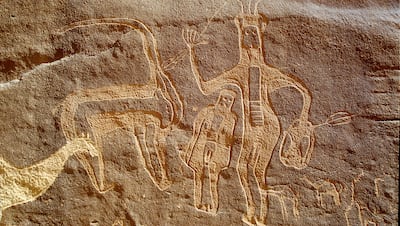
Bi’r Hima, which is known for its wells, is located between Najran and Wadi Addawasir in Saudi Arabia, and acted as a conduit for the caravan trade route in the Arabian Peninsula, according to Unesco.
The site dates back to ancient prehistoric times, and its wadis and jebels are home to hundreds of examples of petroglyphs and diverse rock art. It is being considered as a world heritage site because of the quality and density of the engravings, which include images depicting battle scenes, fauna, flora and prehistoric lifestyles, plus those that demonstrate cultural continuity between prehistoric and medieval eras.
As-Salt
Country: Jordan
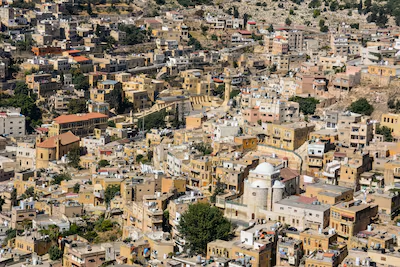
The city of Salt, or As-Salt, located north-west of Amman, Jordan, has attracted settlers since at least the Iron Age, and still has a lot to offer visitors today, but it is perhaps most distinctive for its architecture.
Between 1860 and 1925, the city, at the time ruled by the Ottoman Empire, witnessed the development of an architectural movement, the result of work by a "stone master" who had moved from nearby Nablus.
“The outstanding universal value of this Arab Eclectic Movement in the history of art and architecture lies on As-Salt's recognisable character,” says Unesco’s website.
The UN body states the city is “relatively unique within its geopolitical and cultural context”, not just because of its buildings but also “in its ability to transmit the significance of peaceful coexistence – Muslim and Christian communities living together to present – in the flourishing of socio-economic relations and cultural footprints”.
Chankillo Astronomical Complex
Country: Peru
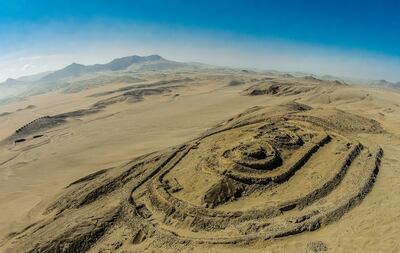
Peru is home to many fascinating locations, with 12 Unesco World Heritage Sites, and the Chankillo Solar Observatory is no exception. It’s an archaeological complex with ritual, administrative and defensive functions, but it’s the astronomical offering that defines its value.
It was built more than 2,300 years ago in the Ancash region, west of the Andes mountain range. It is the earliest example known to date of a site in the Americas dedicated to astronomy, and played a "vital role of knowledge within ancient civilisations", according to Unesco.
The Glorious Kakatiya Temples and Gateways
Country: India
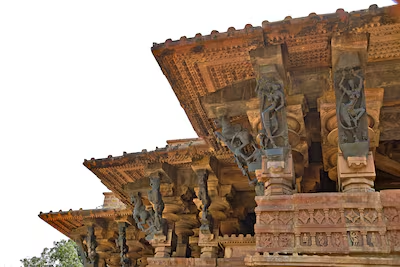
India is home to nearly 40 Unesco World Heritage Sites and many more have been submitted for consideration for inscription. During this year’s committee, two nominations will be discussed, including a serial site of three temples and gateways, including the Ramappa Temple and remnants of the Swayambhunath Temple and Warangal Fort.
These temples and related structures present an architectural pattern, style and technology distinct to the time of the Kakatiya kingdom and now the region, “exhibiting local innovation in temple-building tradition”, Unesco says.
The Great Spas of Europe
Country: Austria, Belgium, Czech Republic, France, Germany, Italy, UK
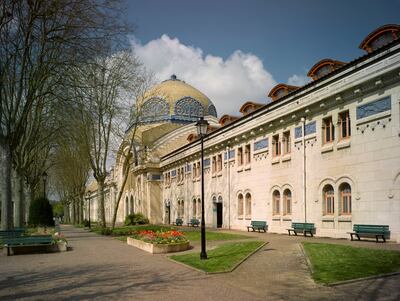
Another serial property nominated for inclusion on the list is this group of 11 spa towns across seven European countries. Each location was developed around mineral springs and became a place known for treating pain using natural means.
This transnational serial site provides an illustration of an “urban typology and cultural movement”, with each town’s component spa buildings comprising hallmarks such as pump rooms, drinking halls, treatment facilities and colonnades that directly harness natural spring water.
Destinations include Bath in England, Vichy in France and Karlovy Vary in the Czech Republic.
Trans-Iranian Railway
Country: Iran
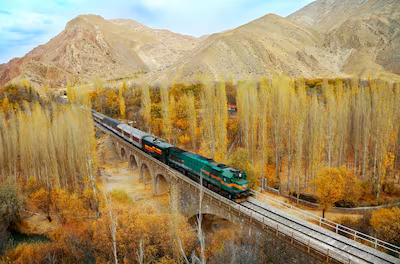
Iran has 24 cultural and natural sites inscribed with Unesco, with a further 57 on the tentative list. Nominated this year is the Trans-Iranian Railway, a project completed in 1938 under Reza Shah.
Among its most distinctive characteristics is the route, which takes in various climates of Iran, as well as geographical features ranging from mountains, and forests to grasslands, steppes and deserts.
Its construction also ushered in a new genre of architecture, with stations and railway-related residential structures based on local and traditional design styles. Overall, according to Unesco, the railway is “considered a masterpiece of human ingenuity enjoying exceptional values”.
Petroglyphs of Lake Onega and the White Sea
Country: Russia
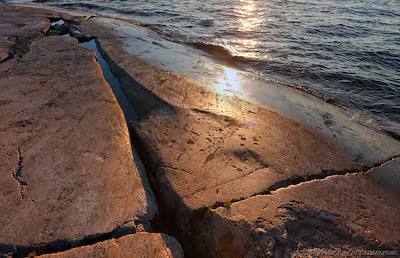
Petroglyphs found in Lake Onega and the White Sea are among some of the most important cultural and historical attractions in Northern Europe, according to Unesco. Diverse themes, vivid imagery and multi-figure compositions are well preserved and offer insight into nearby ancient settlements.
This site is another serial property, as the locations are more than 300 kilometres apart, but were linked by ancient waterways for about 500 to 700 years. Analysis of the primitive art has indicated direct contact between populations of both territories, reflecting the beliefs and lifestyle of ancient fishermen, gatherers and sea hunters.
Nice
Country: France
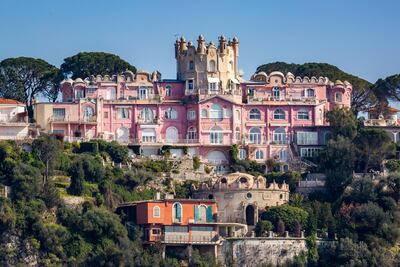
With 45 sites on Unesco’s natural and cultural heritage lists, France is no stranger to the inscription process. It has 38 more on the tentative list, including Nice, touted as the capital of Riviera tourism. This nomination focuses on the city’s cosmopolitanism, its long-standing appeal as a seaside resort dating back to the 18th century, and the role this function has played in its development until 1960.
It was here a new type of urban planning emerged, as Nice transformed from a town into a winter resort and then a summer resort, thanks to its climate and geographical location between mountains and sea.

